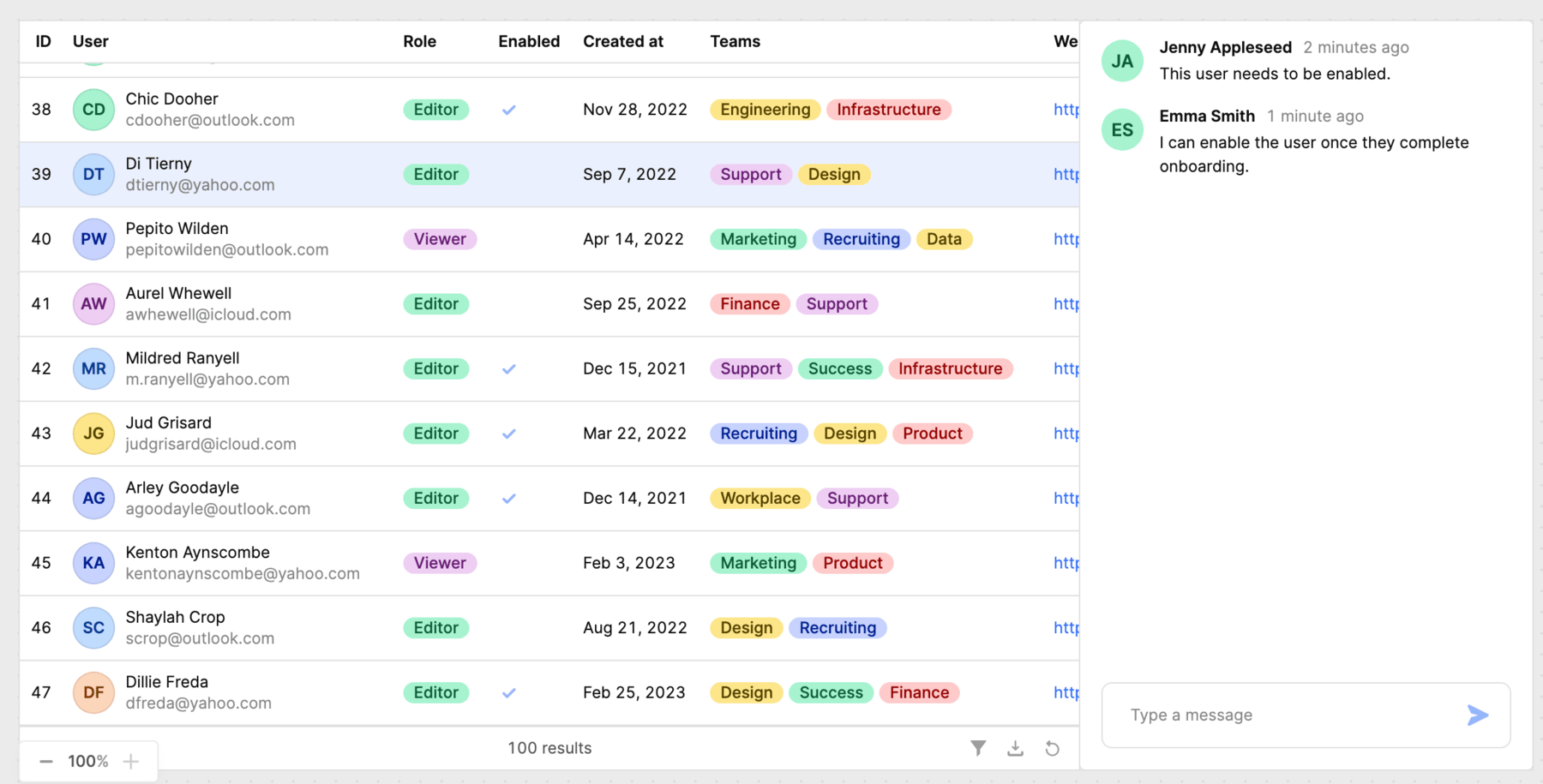General availability of subfolders
Subfolders is now available to all users on Retool Cloud and Retool Self-hosted versions 3.93 and later. Subfolders helps you manage and organize your Retool apps, workflows, and resources. To implement proper inheritance for security measures, we also now enforce the following:
- A child subfolder or app must be at least as permissive as its parent.
- In order to move an object, you must have Own access to the object (App or Folder) being moved and Edit or Own on its destination.
In making changes to certain groups’ folder permissions, this means some users may no longer create apps inside of folders. Access to any existing apps or modules has changed. You can always update your group settings to enable app creation within folders.
Subfolders is considered a breaking change as you cannot roll back to an earlier version. Before upgrading, be sure to create a backup of your Retool instance.
